What Is the VAT Reverse Charge for Construction Work?
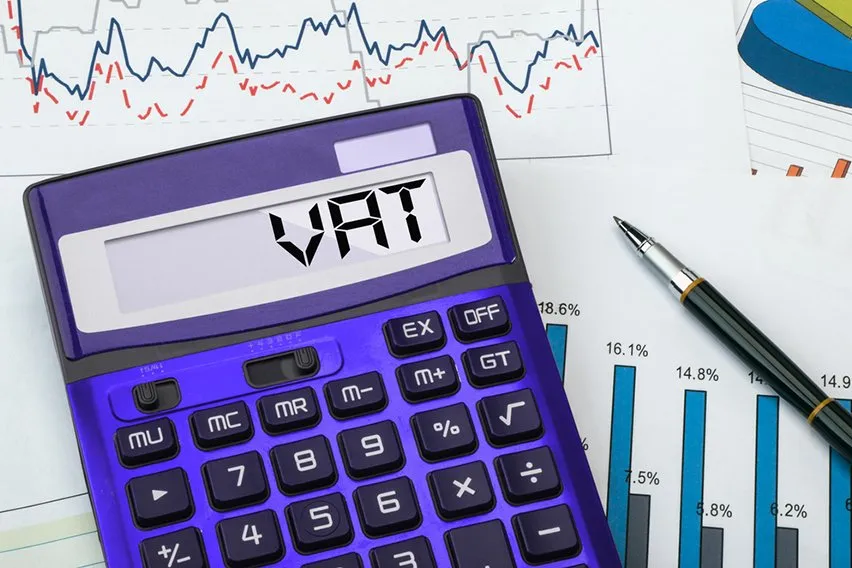
Value-added tax (VAT) gets collected by a business on behalf of the HMRC. It’s charged on various goods and services that customers and businesses purchase. But when it comes to VAT there can be a lot to take into consideration.
And those who work within the construction industry in the UK might have to handle their VAT a little bit differently. This is because the VAT reverse charge system was introduced. So what exactly do you need to know and how does it work?
First, let’s take a quick look at VAT as a whole.
Here’s What We’ll Cover:
What Is the VAT Reverse Charge for Construction Work?
What Is VAT?
There are different VAT rates for different types of goods and services, so there can be a bit to sort out to become a VAT-registered business. But to explain it simply, it works like this:
- Your customers get charged VAT when they purchase a product or service from you
- You get charged VAT as a customer and on your business purchases
- You must pay the difference to HMRC
As soon as your business reaches the annual taxable turnover threshold, you must register for VAT in the UK. The threshold is £85,000, so once your taxable turnover reaches that amount it’s a signal that you need to register with HMRC for VAT.

Once you get registered, you need to charge VAT on any goods or services you sell and also pay the tax for your business purchases. You can register for VAT even if you haven’t reached the threshold. It just depends on what’s best for your business.
There are three different rates for VAT, and any transactions need to get reported to HMRC.
The standard rate is VAT, which is 20%. The reduced rate, which is set at 5%. And the zero rate, which is 0% and those goods and services get classified as VAT chargeable. The VAT rate can change depending on your service industry.
What Is the VAT Reverse Charge for Construction Work?
As of 1 March 2021, the VAT reverse charge was implemented, and it must get used for most building and construction services supplies. The reverse charge applies to both the standard and reduced-rate VAT, but it’s different from the normal VAT rules. It’s meant for businesses or individuals who are registered for VAT in the UK and have reported within the Construction Industry Scheme.
There are several different scenarios where you must use the VAT reverse charge. Here are some of the most common services that require it.
- Constructing or repairing buildings or structures, including offshore installation services
- Constructing, altering or repairing things like railways, inland waterways docks and harbours
- Installing things like air-conditioners, ventilation, power supplies or drainage
- Painting or decorating the external or internal surfaces of any structure or building
- Any services that are part of the services outlined above. This can include site clearance, excavation, tunnelling and boring or landscaping
The above services are only a few that get outlined under the VAT reverse charge. Make sure to check the HMRC website for a full breakdown and to find the right information for your specific business.
How Does It Work?
Whoever purchased the goods or services declares both the purchase and the supplier’s sale in their VAT return. This is basically making sure you include any input VAT and output VAT in your return.
When it’s done this way, the two entries on your return will cancel each other out from the perspective of cash payment.
For example, if you purchase a certain product or service the supplier will not charge VAT on the invoice. You will pay and deduct the VAT at the same time through your VAT return. Basically, you manually calculate the VAT on the reverse charge and then report that specific amount as input VAT and output VAT.
The result has little to no effect on your or the supplier’s cash flow.
What You Need to Do and How to Prepare
Here are some tips to help you understand and prepare for the VAT reverse charge.
- Check to see when you need to use the VAT reverse charge on purchases, sales or both
- Look into how the reverse charge works if you offer supply services
- Look into how the reverse charge works if you buy services

Once you have found the right information, you can use the following tips to help you prepare.
- Take into consideration whether or not the reverse charge will impact your cash flow
- Be sure that the accounting software and systems you have in place can handle the reverse charge
- Train your staff on how reverse charges work if they are responsible for VAT accounting
Key Takeaways
Most businesses that sell a product or service will charge customers VAT when they make a purchase. They will also pay their own VAT on other business-related purchases. Typically, standard VAT is 20%, the reduced rate is 5% and the zero rate is 0%.
But, as of March 2021, the VAT reverse charge was implemented and it changed some of the standard VAT rules. This is for businesses or individuals who have reported VAT within the Construction Industry Scheme. It’s used most often for certain building and construction services.
Things like the dismantling of buildings, the erection of scaffolding or laying foundations. HMRC has a full breakdown of the specific services that get outlined under the VAT reverse charge rules for construction work.
The first thing that you should do is check to see if you are required to implement the VAT reverse charge. You can look into how it works if you offer supply services or if you buy services. From here, you can prepare everything you need for your VAT obligations.
Did you enjoy reading this guide? Head over to our resource hub for more content!
RELATED ARTICLES

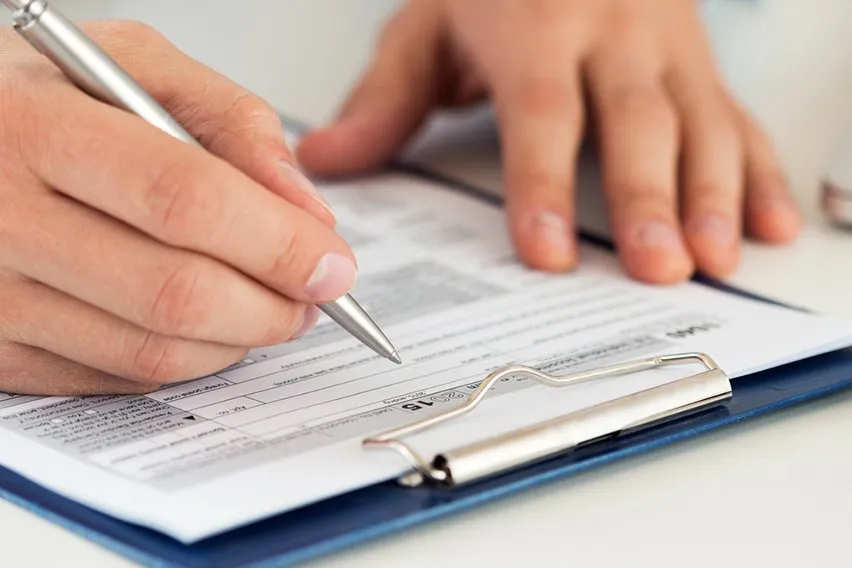 What Is Outside IR35?
What Is Outside IR35?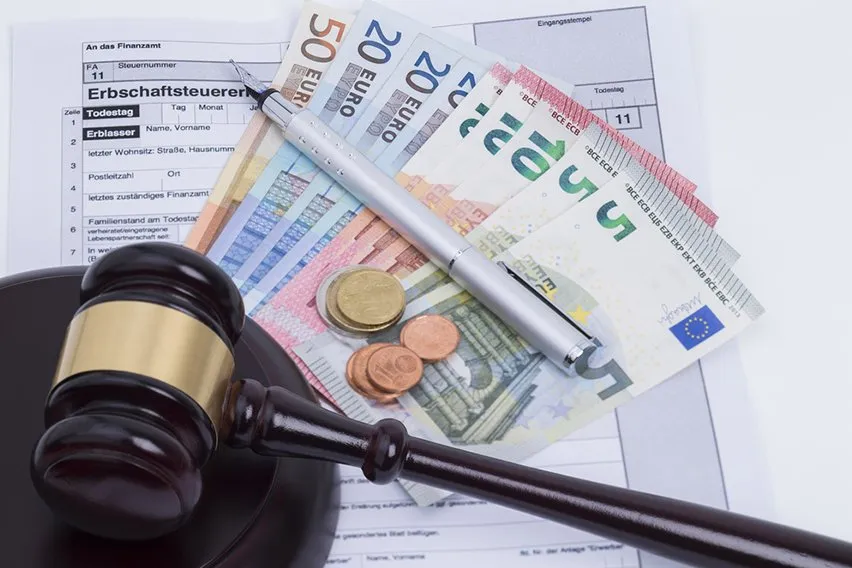 Inheritance Tax Forms: An Extensive Guide
Inheritance Tax Forms: An Extensive Guide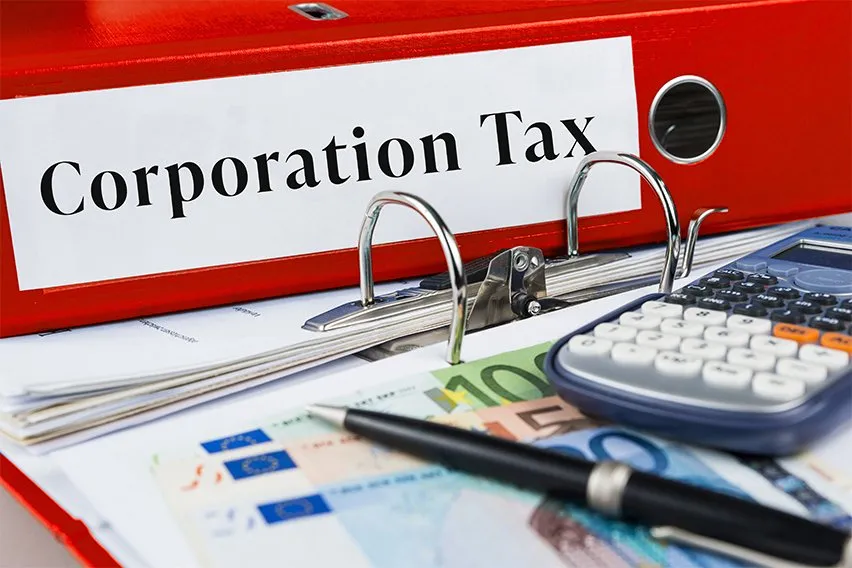 How Is Corporation Tax Calculated
How Is Corporation Tax Calculated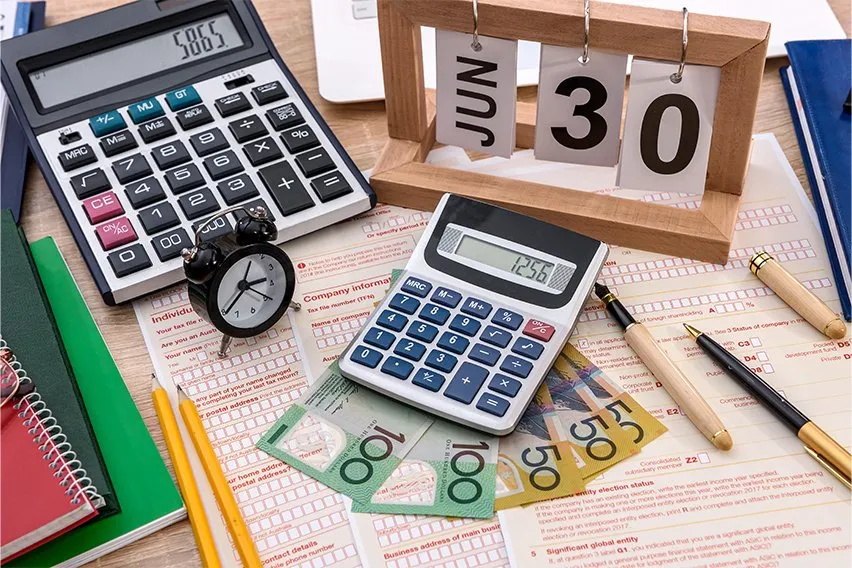 A Guide on How to Complete a Vat Return
A Guide on How to Complete a Vat Return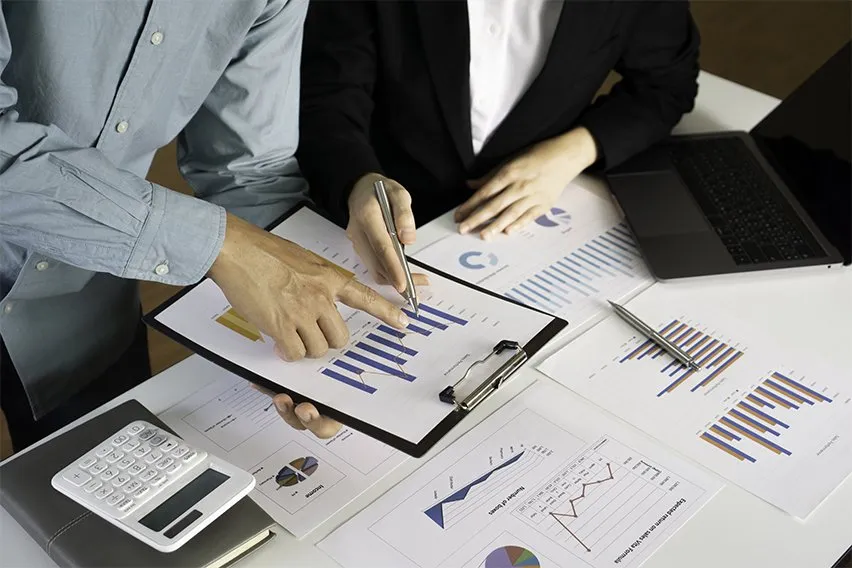 What Is VAT Number & How to Find A Business VAT Number?
What Is VAT Number & How to Find A Business VAT Number?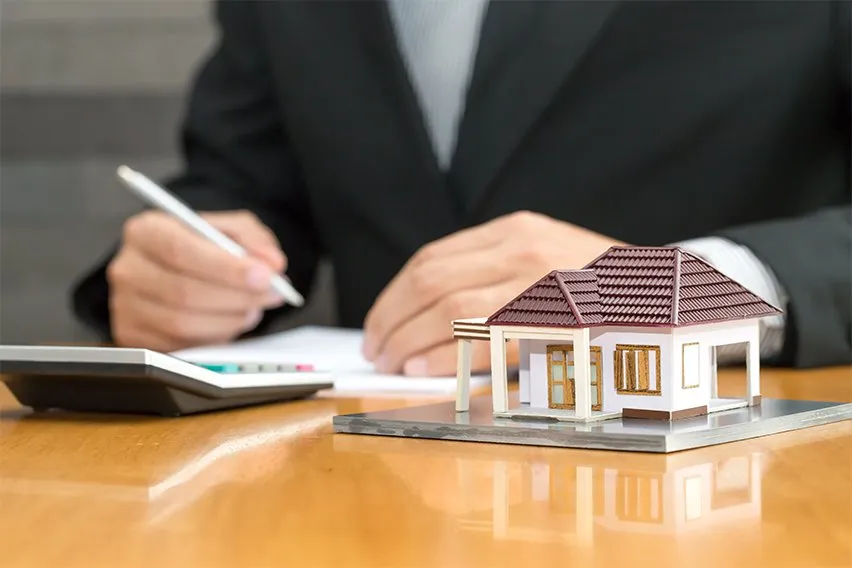 What Is Property Income Allowance? An Overview
What Is Property Income Allowance? An Overview